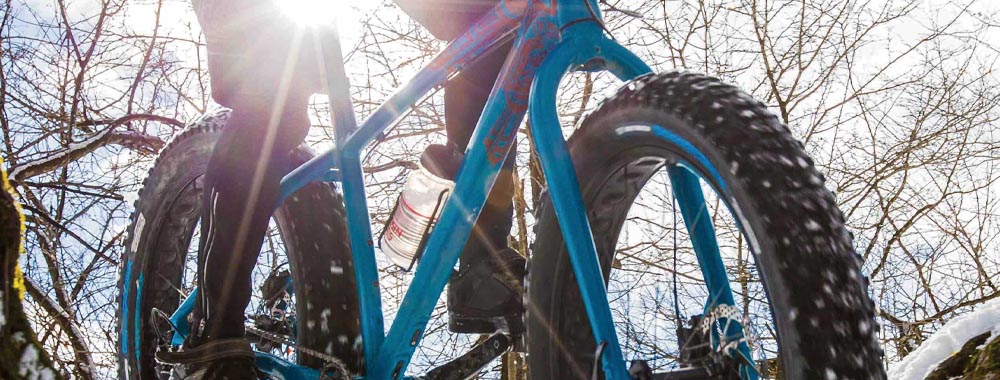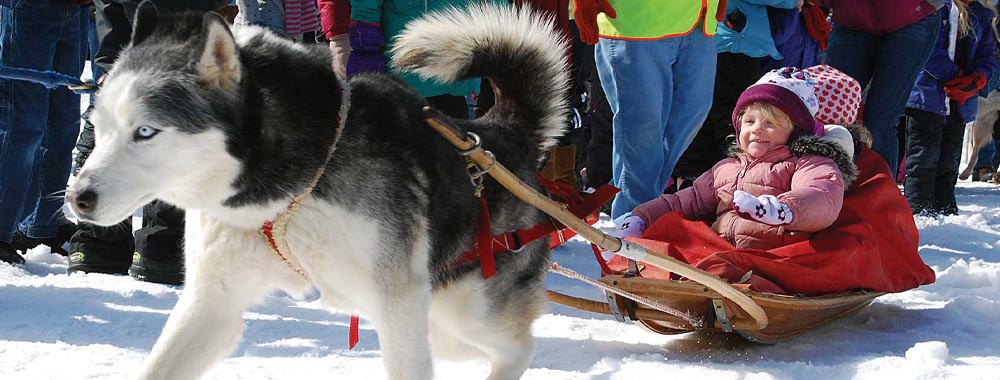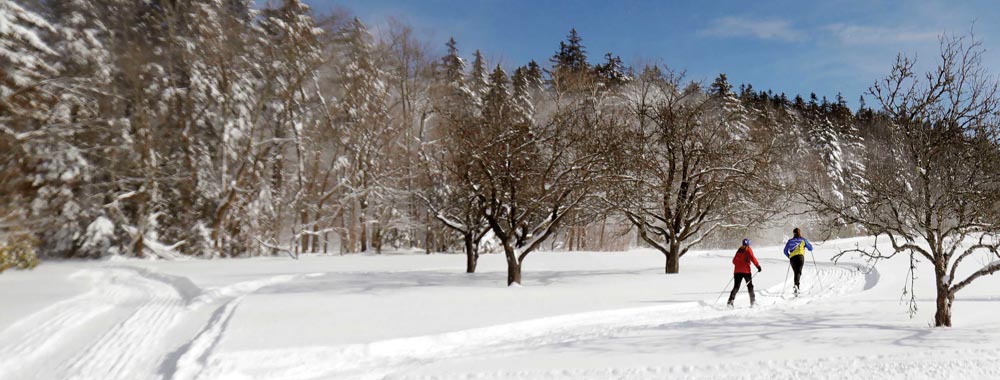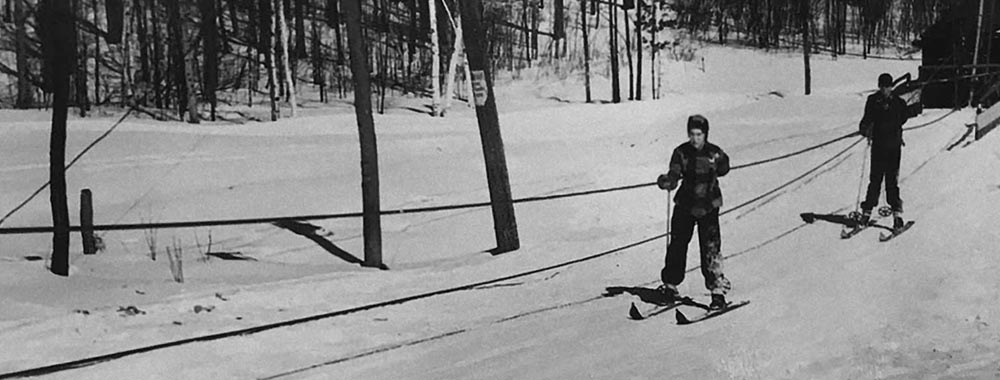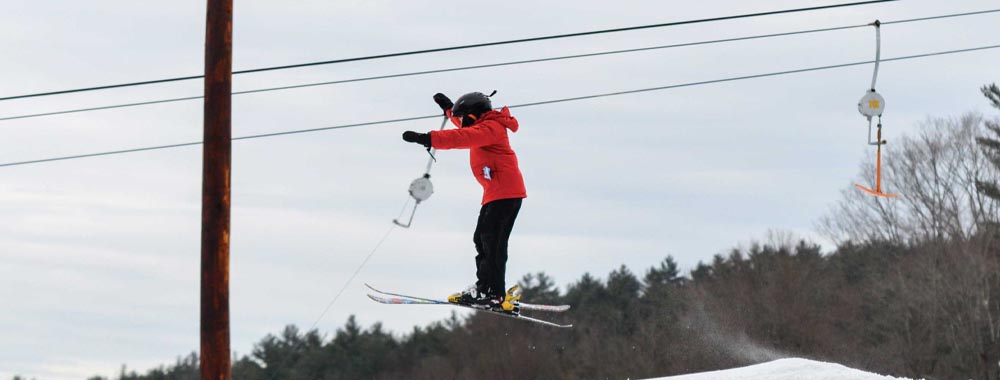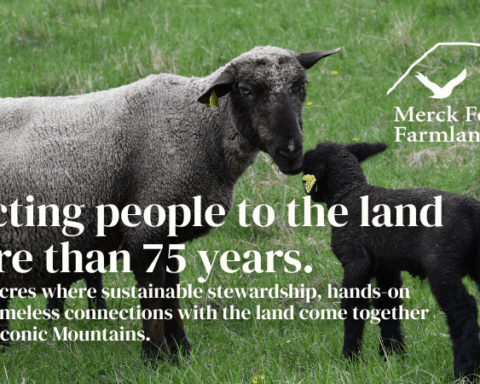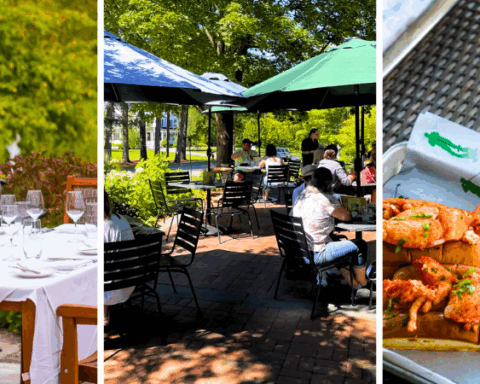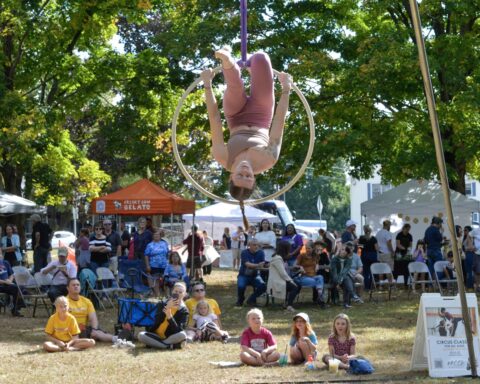5 tips to get you started

By Noah Hoffenberg
PITTSFIELD, Mass.
One part mountain bike and one part zeppelin. Will it float or fly away? And does it bounce? It can only be one thing: a fat bike.
All it takes is a quick glance at those chunky tires, checkered chevrons, beefy studs, and the draw is undeniable. There’s no stopping you. You want to try fat biking, but you’re still a bit nervous. You’ve ridden other bikes before, like hybrid bikes or 10-speeds, so this shouldn’t be any different, right? UpCountry wanted to find out, so we went to the experts, Mitch Plaine, of Plaine’s Bike Ski Snowboarding, and Chris Wilke, manager of Berkshire Bike and Board.
DEMO, RENT OR BUY?
Are you a kick-the-tires kind or person? Do you want to try it out, or do you want to own? Want the shock absorption of front or rear shocks? At most bike shops, you’ll find the answers to all these things.
“You can certainly demo a bike; sometimes we do them at no charge,” Plaine said.
Likewise, at Berkshire Bike and Board, you’ll find experts who are committed to getting you the right-fitting bike beneath your feet (and tush). Check with Plaine’s and Berkshire Bike and Board for their next demo days, to try out some fat bikes in person.
FEATURES TO LOOK FOR
“The fit is the most important thing with any bike, especially with a fat bike,” Plaine said.
Some fat bikes will offer steel framing, while others are carbon fiber. The desired weight for a bike is dependent on the rider, in addition to the rider’s wallet.
Plaine said that with fat bikes, riders often get to choose between the three main aspects when selecting a bike: frame material, suspension and components. Pedals can be platform or with clips, based on the personal preference of the rider, although, he says, sales are split between the two.
Wilke also notes that one of the most important things to have on a fat bike in New England is some studded tires.
“Here in the Northeast, because we have so many freeze-thaw cycles, there ends up being quite a bit of ice. It’s very common to be riding in the snow and encounter a patch of ice,” Wilke says.
Studs for tires sell from $20 to $100, while tires that come studded from the manufacturer cost about $75 to $250 per tire, says Wilke.

WHAT TO WEAR
“Like any active sport, you need to layer: base, midlayer and a wind break. Hands and feet are probably the most important” to protect to maintain comfort and safety, said Plaine; good winter cycling shoes are key for cold-weather rides, ideally to a minus-32-degree rating. Or, a bootie can be purchased that slides over a lighter-weight shoe to achieve warmth retention.
Wilke says winter riding boots offer performance and warmth, and can use clips or go without. Regular shoes or boots quickly get gunked up with snow and ice, Wilke said. Winter-specific boots sell for $195 to $250.
Quality gloves are vital as well, for warmth and protection from the wind. Wilke and Plaine recommend handlebar booties, which slip over the handlebars and offer a wind-free and warm area for your hands to do their braking and shifting work.
“Because your hands are pretty high up on the bike, you don’t get a ton of blood flow there, unlike cross-country skiing,” Wilke said. You don’t want to have clunky mitts, and the handlebar booties allow the rider to wear a lighter glove underneath, for maximum mobility.
These range in price from $85 to $130. A thin balaclava will add warmth and wicking for your face as you huff and puff in the cold, too.
THE DIFFERENCE IN FEEL
From road bikes to cyclo bikes to mountain bikes to fat bikes, the tires make the bike, from their treads and size, and their interaction with their riding surface.
People who ride a fat bike say one of the most “striking things about them is how stable it feels,” Plaine said. “It absorbs all the stumps and rocks. Even these urban riders get a kick out of city obstacles.”
The tires can be inflated and deflated to handle different terrains, such as wet or dry, and to control the levels of the tires’ shock absorption.
SECRET PRO TIPS
Wilke says winter riders these days are steering clear of backpack-style water bladders, and instead are opting for insulated water bottles. These won’t freeze up, nor will they be pressed against your back, which can leave it sweaty and cold.
If you do use a water bladder, blow the water back into the reservoir to keep its hose from freezing, Wilke said.
“I like to preheat my water, so I’m not sipping cold water,” Wilke said.
He adds some electrolyte mix, to stay warm and to energize. He also recommends a softer-style energy bar.
And his trick to not eating frozen energy bars?
“I always put my bar close to my chest [in an inner pocket], so it’s not rock-hard.”
Also, perhaps the best-kept secret about fat bikes is that they are not solely a winter product.
“They’re year-round,” Plaine said. That means you can get rolling with your chunky tires just about anywhere, from the Ashuwillticook Rail Trail to the Cape Cod Canal. So, go get your bike on! •
Noah Hoffenberg is a word-peddling mountain biker who spends all his time in the hills of Western Massachusetts, grousing among the porcupine and woodchucks.
